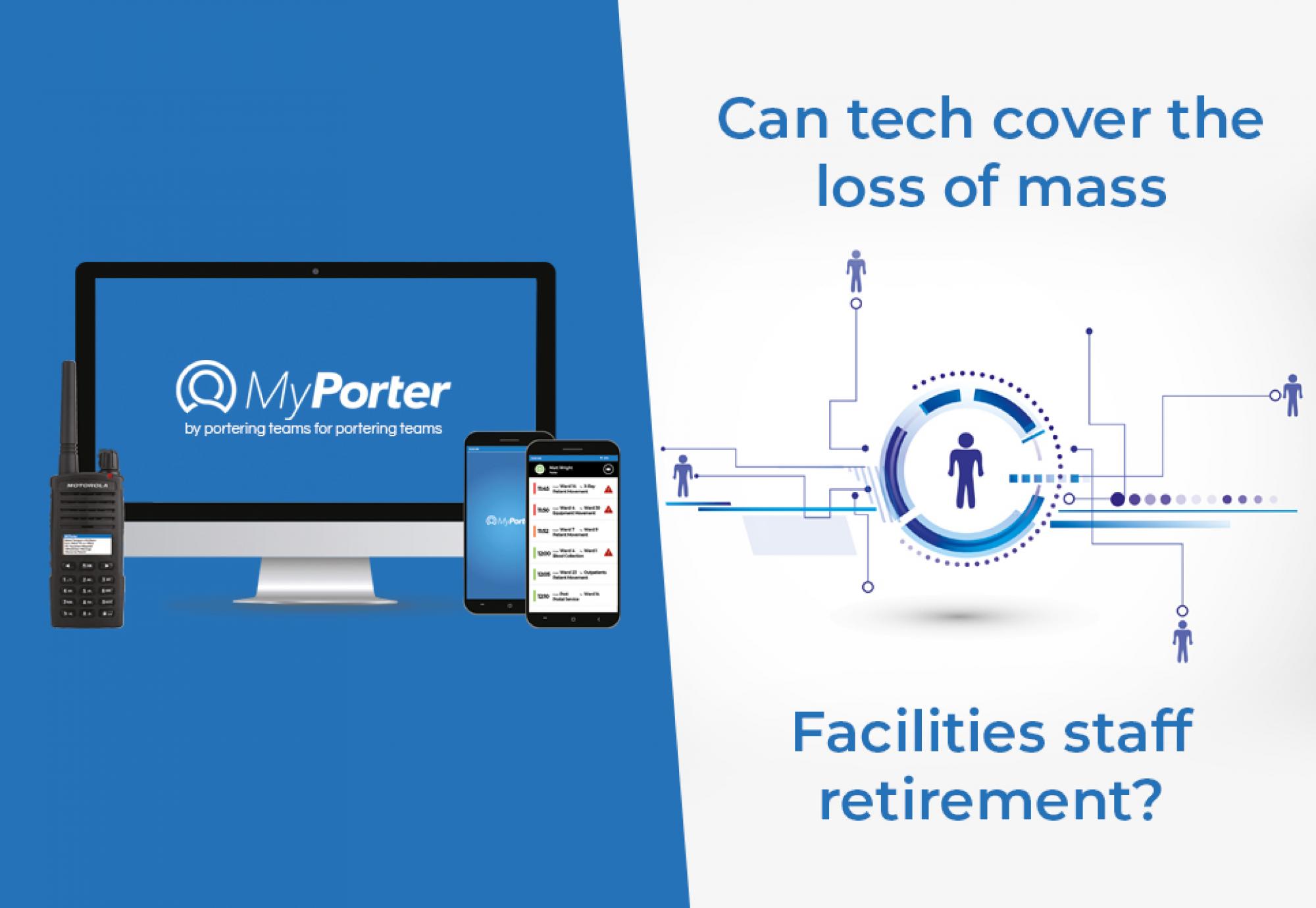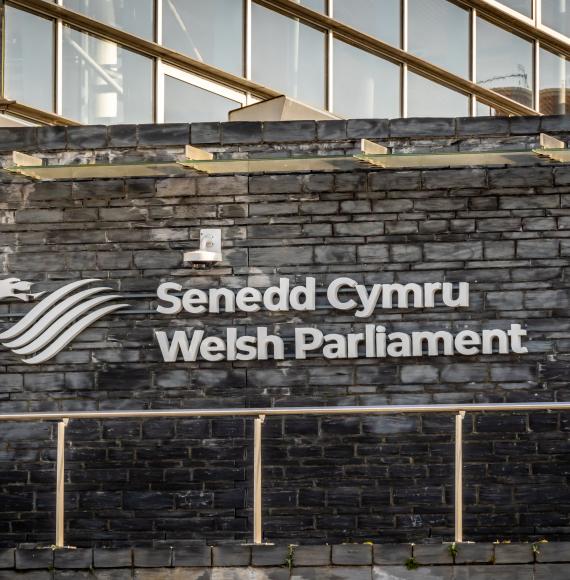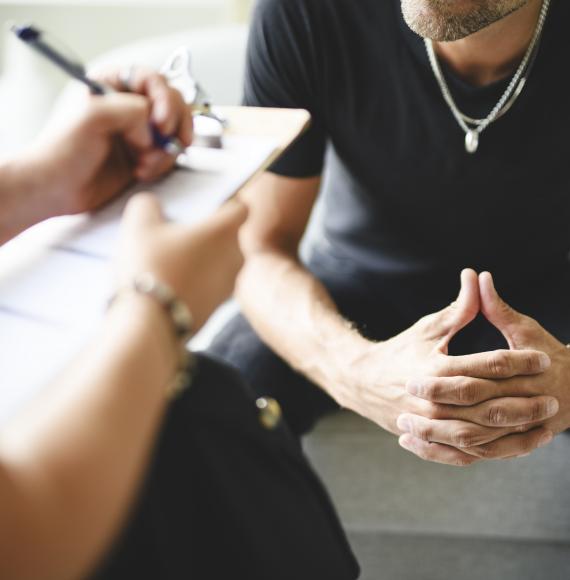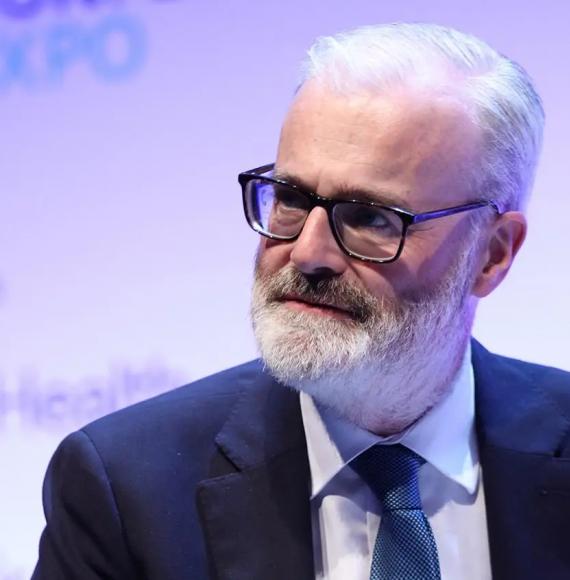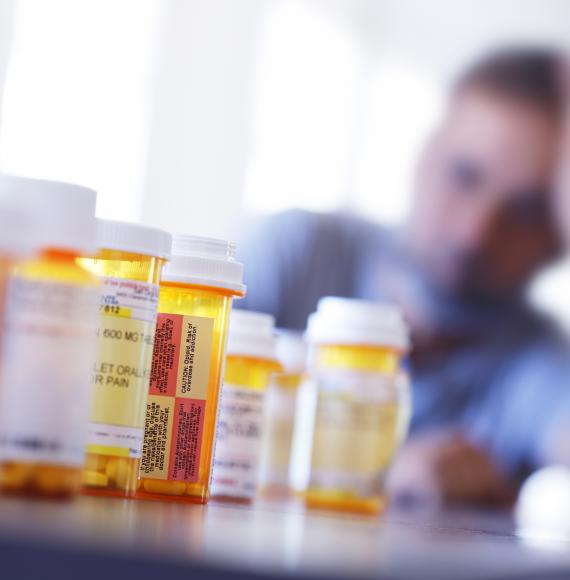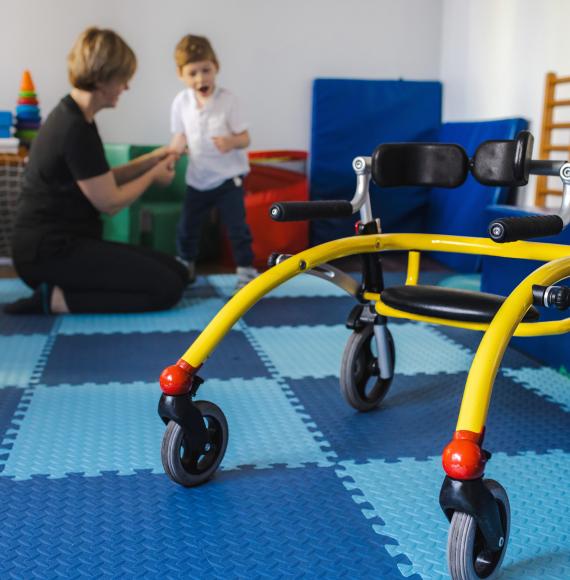Recent research indicates that 34% of NHS facilities staff are due for retirement and there is a shortage of people coming through to fill the gap. How are the likes of the portering teams going to cope with increasing demand with potentially fewer staff to deliver?
Can technology play a part in covering some of this work, either in the interim while ‘new blood’ is found or even as a long-term solution?
We have delved deep into the statistics that we are seeing across the hospitals which have MyPorter installed, both before and after installation to see if there are any changes in the number of transfers being completed – as, although the software is there to improve the overall portering process, patient outcomes (and with it improved patient experience) and give better insight through data to allow better decisions to be made, it also helps to improve porter efficiency, which means the tasks run more smoothly and on time – this should, in theory, correlate to more jobs being completed – but does the data show this?
In one instance, Hull Royal Infirmary expanded its acute bed space with the opening of an extension, seeing the addition of about 40-50 new beds. Before, they may have had to take on extra portering staff to ensure these new beds were catered for, but with the use of MyPorter allowing them to use the insight provided by the data to ensure flexibility with the existing workforce, coupled with the improved efficiency they saw from using it, it meant they were able to cope with the staff already available to them. This shows that in the event of reduced staff numbers (as opposed to increased bed numbers), the improved efficiency through use of technology such as MyPorter would pick up some of the burden.
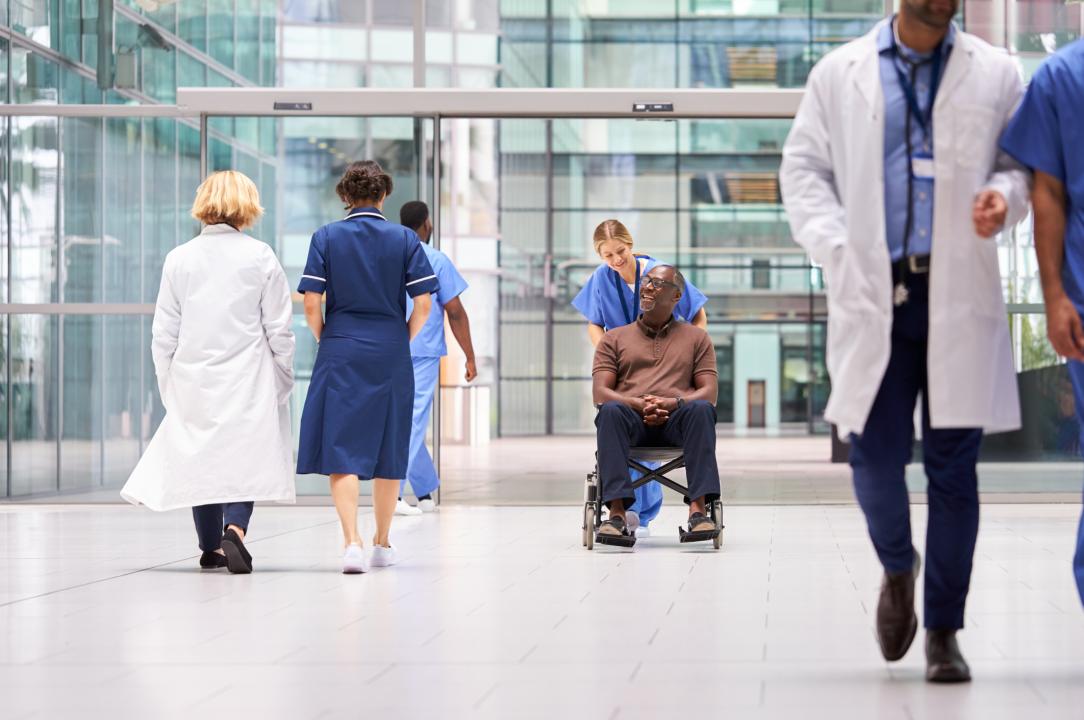
But does it show in the numbers? We looked at another install at Northampton General Hospital, by comparing the number of transfers completed by the porters three weeks prior to MyPorter being installed and the three weeks post-install.
The data doesn’t take into consideration for any ‘bedding in’ period or time for the porters to get used to the system, but even so, it showed that an extra 141 transfers within Radiology were completed by the porters in the first three weeks after MyPorter was installed. After doing some mathematical working out, we found that by using the pre- and post-install data, that if the 34% of staff were lost due to retirement (or sickness, or other absences) in Northampton’s Radiology Department, they would have 21% of this loss covered by MyPorter*.
With the introduction of any technology the pursuit of efficiency must be balanced by the needs of the patient.
The human interactions between porters and the patient, often in a distressed and vulnerable state cannot be easily measured, and this is why we view the MyPorter software as a tool to help the Portering teams rather than replace them and it has shown a positive effect in enabling some of the increased load to be maintained.
The real question we need to be asking is, does a focus need to be on bringing through new porters now, and if so, how do we do this?
Highlighting a clear career path and room for progression using the HEFMA/IHEEM workforce strategy would be a good start, though Steve Sellwood, Facilities Manager at Royal Berkshire NHS Trust suggests more is needed than that, speaking from 37 years’ experience in managing and developing hospital porters, and having spent time lobbying the Government for a specific qualification.
Steve said: “I would agree, we need to highlight to potential new porters that the skills and experience gained as a hospital porter can be an opportunity for a wider career– However, some of the main obstacles I believe are around perception of the role of the porter, what do they do and what value and impact does that have on the patients experience and efficiency of the healthcare provided.
"When I describe a hospital porter, I like to put it this way. A P.O.R.T.E.R is a:
- P - Person; a unique personality, because people skills such as empathy are key to making a difference in the tasks undertaken, or when helping to put patients at ease.
- O - Optimised trained, encouraged and supported to be the best they can be in delivering the vital services they provide in carrying out their duties.
- R - Rational; working to procedures and code of conduct. Thinking things through, being aware of Health and Safety and the importance of their role and the impact it has on patients.
- T - Troubleshooting; recognising every assigned task is theirs, tasks are rarely easy or straightforward and it’s the porter’s role to address any problems, seeking advice and taking action to resolve them.
- E - Efficient; using their knowledge and skills to accomplish a task safely, effectively without wasting time, effort or expense.
- R - Response; their response to every task impacts on patient care. The duties of a porter are to keep things moving, support excellence in healthcare, help save lives, and improve the patient’s experience.
"And that is why, in my opinion, anyone can push a wheelchair, but not everyone can be a hospital porter”.
The MyPorter team work with hospitals across the nation and have seen the many ways in which porters are utilised, not just for patient transfers but in ways which are of benefit to clinical staff and the wider hospital. These include, but not limited to: blood transfers (including emergency blood transfers to ED), gas cylinder movement, community ambulance driving, waste management, providing helipad activation at Major Trauma Centre’s (MTC’s), being first responders for delivering First Aid and at Fire related incidents and in some hospital’s we have heard how Porter’s have doubled-up as Security during the pandemic – some have also learnt new skills to provide some services which would normally be carried out by clinical staff.
Would it not make sense, especially with what we have seen during the pandemic, to arm Porter’s with additional skills to do certain jobs that a clinical staff member would normally do, that a porter could do given the correct education, freeing up clinical staff for more urgent duties?
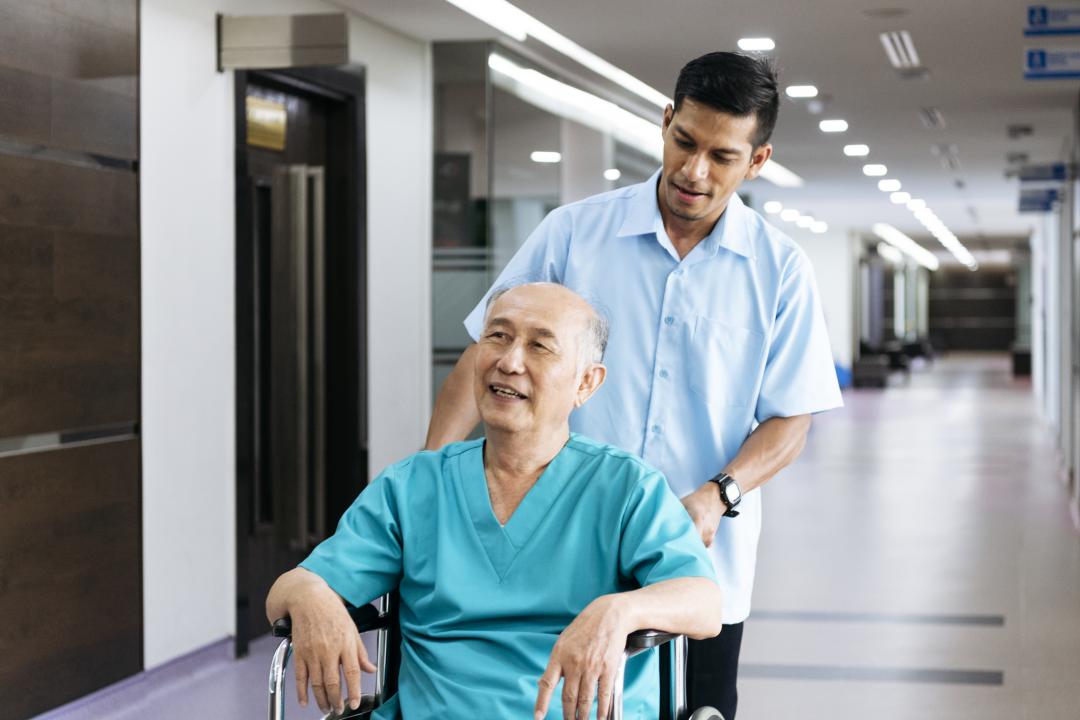
A Porter 2.0 ready for a post-pandemic world. Not only would it make NHS processes more efficient, it would also be more cost-effective, broadening and expanding the porter’s already diverse skillset and create a better patient experience. The fact most porters need to have multiple skills to do such varied tasks should surely be recognised via a qualification, potentially even a degree if taking into account some clinical duties as additions.
Doctors and nurses spend years’ doing qualifications and training to call themselves as such – when having such a big impact on the patient journey, why not have something in place that recognises the important role porter’s have on patient outcomes?
In conclusion: technology can be a huge help to the people doing their jobs – it is there to allow things to run more smoothly and correctly, resulting in less mistakes and lost time, rather than a tool to speed things up to become a replacement for staff. Portering relies on the human aspect of the role, which is something technology can’t replace.
In the future, do we really want to be going in for surgery, pushed along by an emotionless robot?
No. Do we want to get to our appointment on time with the correct equipment and information – all while having a friendly face to calm our nerves?
Yes. It’s all about the perfect balance, a mixture of technology and humans working together to improve patient care – tech is needed and can help in these instances, but it can’t be expected to replace humans where they are needed most, which is why we will always champion the work porters do, whether it is though our charity work, articles highlighting the services they provide, or through our annual MyPorter Awards, which aims to shine a light on the great work porters do up and down the country.
For more info about MyPorter and the team involved in providing it as a software solution, visit the dedicated website.
*7.6% of total jobs

